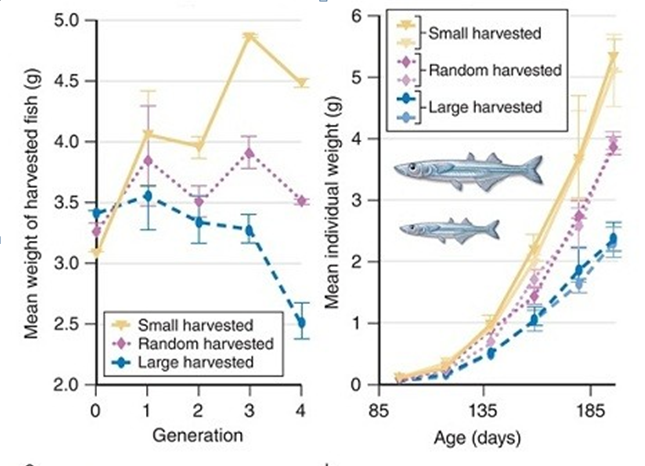What adaptations do birds have to aid in flight, other than feathers and wings?
What will be an ideal response?
Most birds are lightweight, which helps them become and remain airborne. Air cavities inside a bird's bones keep its body weight low, as does the lack of a bladder. Rather than having heavy, bony teeth, birds have a beak made of keratin, which is lighter in weight.
Birds use a lot of energy in flight. A unique system of air sacs keeps air flowing continually
through a bird's lungs, ensuring an adequate oxygen supply to flight muscles. A four-chambered heart pumps blood quickly from the lungs to wing muscles and back. A bird also has a large heart for its size and a rapid heartbeat.
Flying requires good eyesight and a great deal of coordination. Compared to a lizard of a similar body weight, a bird has much larger eyes and a bigger brain.
You might also like to view...
As you recall, a single enzyme molecule may catalyze a reaction many times. In signal transduction
pathways, which may utilize several enzymes, the result is _________.
a. amplification of the final product b. denaturation of non-essential proteins c. hydrolysis of signal molecules d. transformational modification of the receptor e. change in cell membrane permeability
In figure (b), what was the independent variable?

A. the age of the fish
B. the generation
C. the size at which the fish were harvested
D. the species of fish
E. the mean weight of harvested fish
The letter “E” above represents
a. uterus. b. ovary. c. vagina. d. urinary bladder. e. pelvic girdle.
What is the purpose for the process of deadheading?
A) It decreases the duration of flowering in an annual plant. B) It removes fruits and seeds from plants when they're mature. C) It allows the plant to produce and support more flowers than normal. D) It reduces the amount of water needed by the plant.